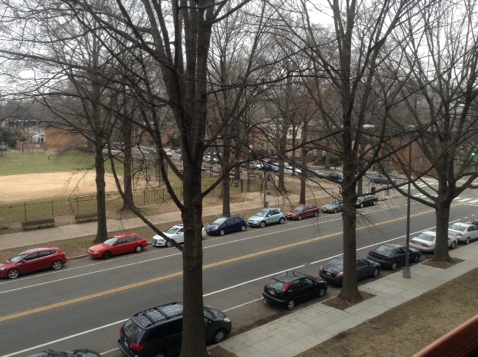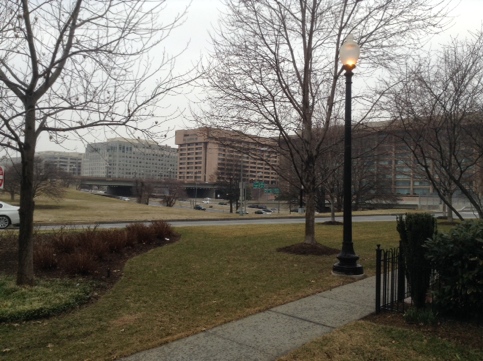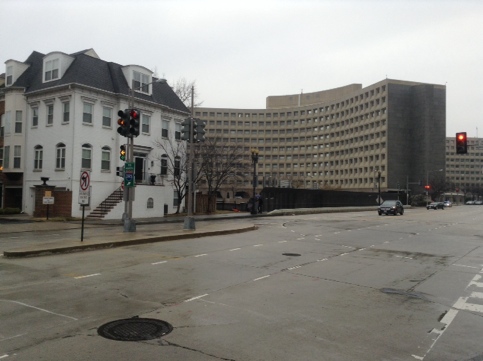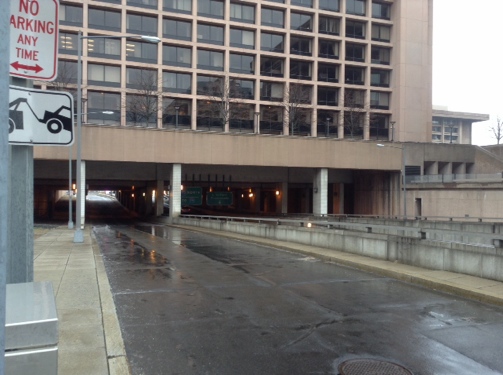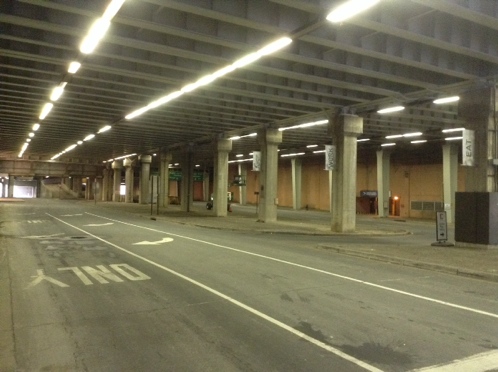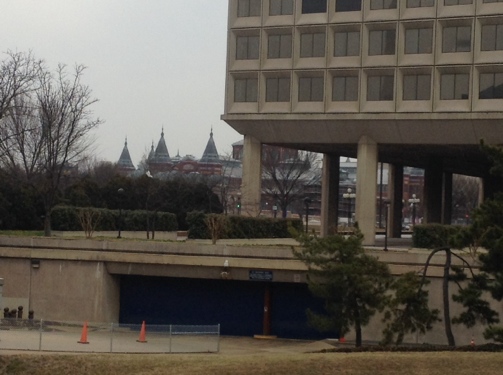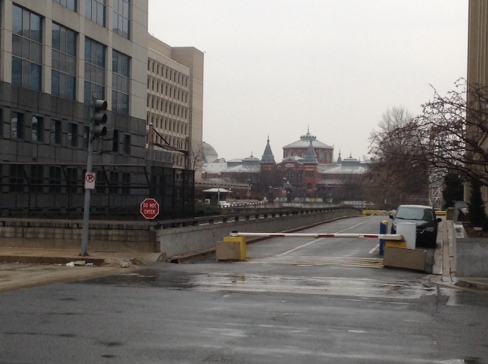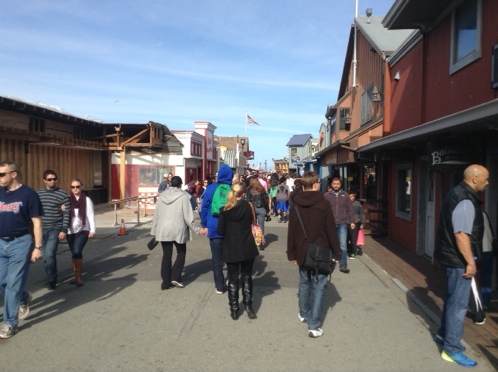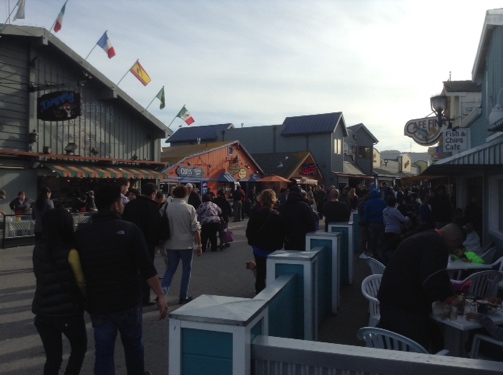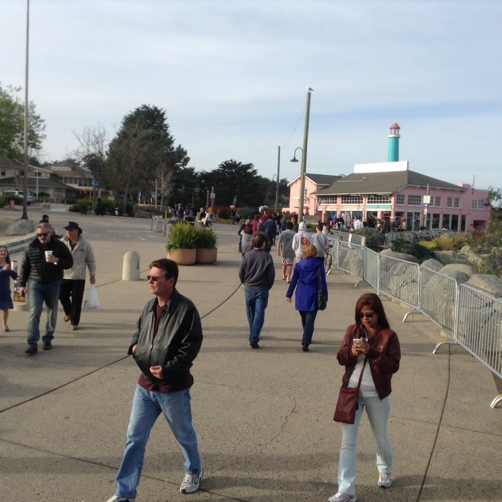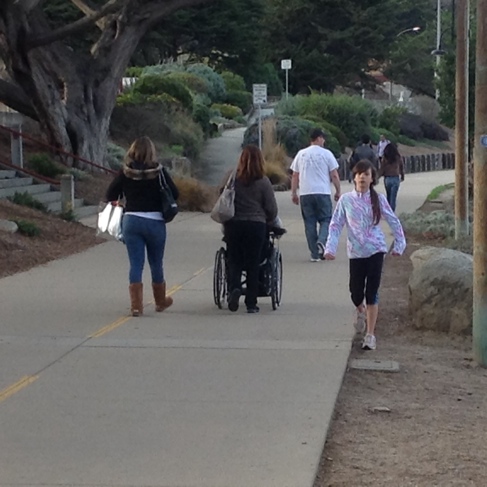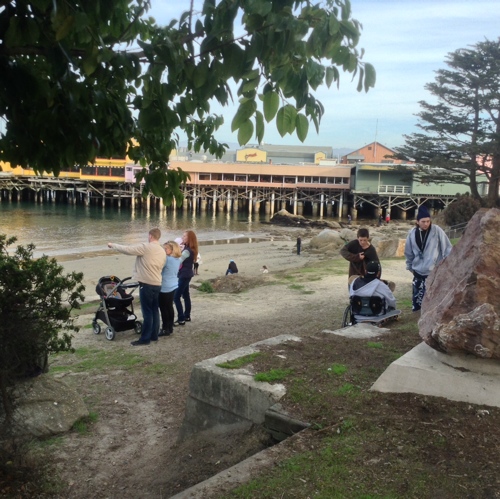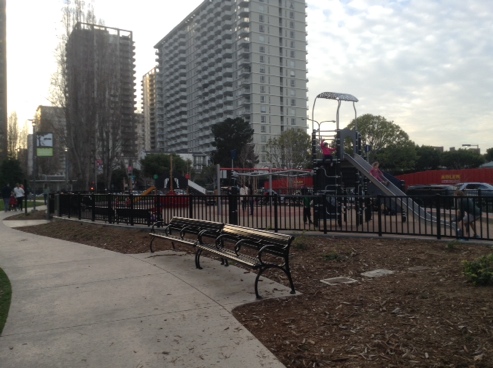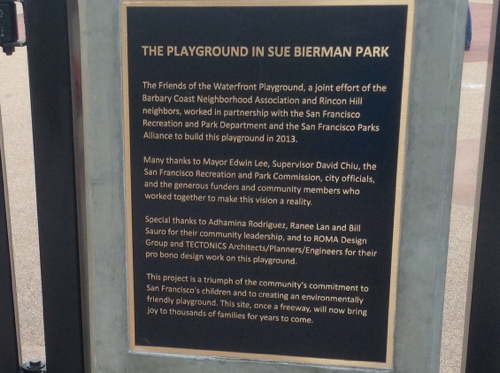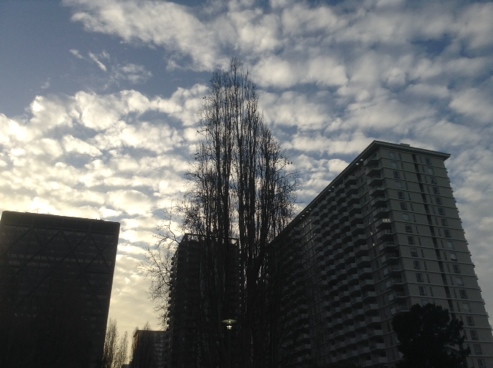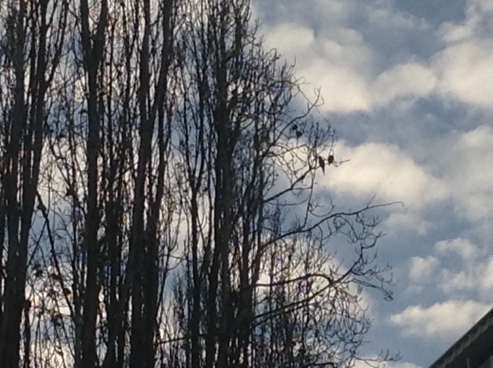Washington, DC is a city of many, many museums. However, most are closed by the time the working day is over, and none are usually open at night, except for movies or performances. For the daily comfort and pleasure of the average working resident, museums matter a lot less than streets, public spaces, and buildings.
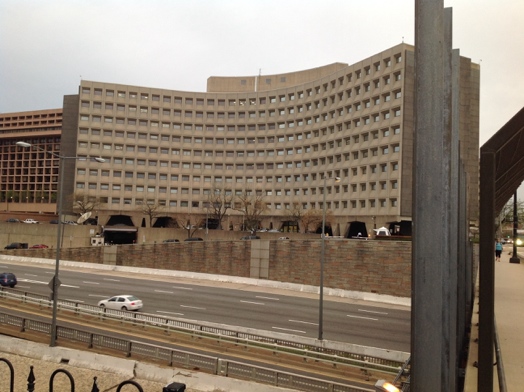
One prominent, even historically significant, building is the Robert C. Weaver Federal Building, headquarters of the Department of Housing and Urban Development. From the neighborhood of Southwest, you see it brooding over the highway that divides that quadrant from central Washington.
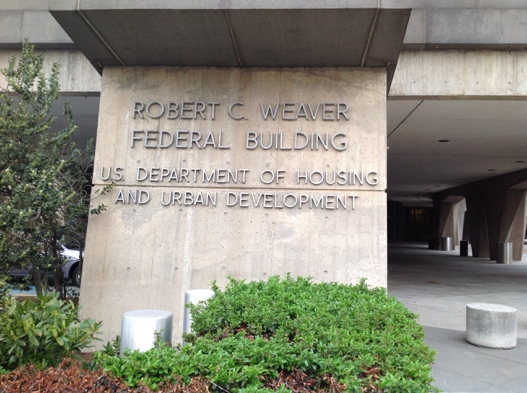
Designed by Marcel Breuer and completed in 1968, it’s ugly and forbidding in a way that’s all too common among federal buildings of that era. Some of the ugliness derives from the Brutalist exterior: slabs of stained and weathered raw concrete. Mostly, though, it’s simply an ugly, awkward design.
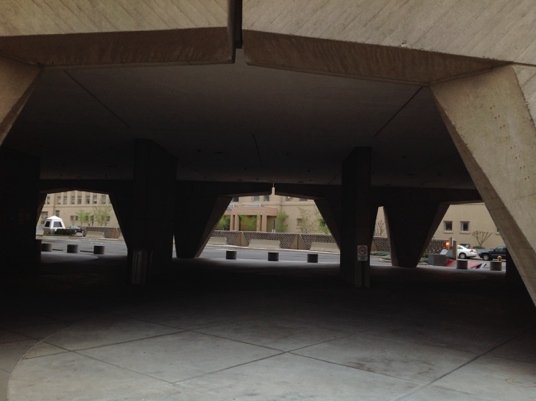
However — also like many buildings of that era — it has a saving grace, from a pedestrian’s point of view: you can walk under it.
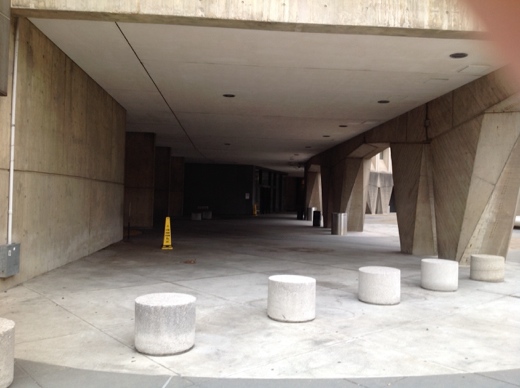
Pretty much the entire sidewalk level of the building is a giant arcade. An ugly, dark, and severely utilitarian arcade, but in a city of hot summers and frequent precipitation, any shelter is better than none.
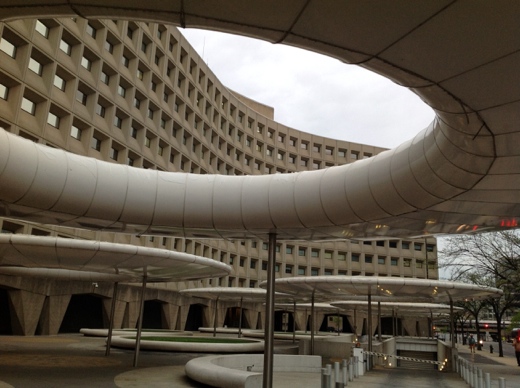
One unintentionally comic touch, in the plaza facing 7th Street, is a cluster of donuts or flying saucers. Originally, Breuer left this plaza completely bare of seating, shade, or any other amenity for pedestrians. These elements were added in the 1990s with the intention of providing something for people to sit. In my anecdotal observation, they are never used.
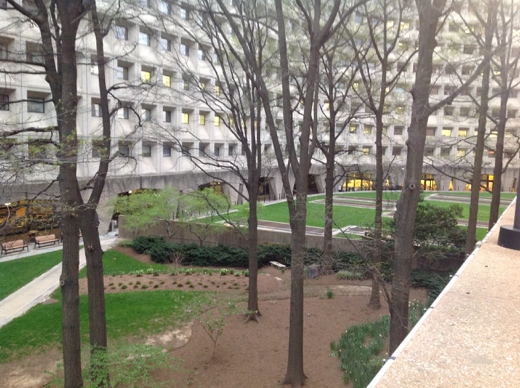
The building does yield one pleasant secret, however. On the west side, tucked in between it and the next building over, is a small green park-like area that should provide a bit of relief from the summer heat. Such spaces are too rare in Washington. This one is even accessible to people with limited mobility.
